
A current case of intentional poisoning with this deadly plant sparks the question: Can you spot the signs and save the patient?

A current case of intentional poisoning with this deadly plant sparks the question: Can you spot the signs and save the patient?
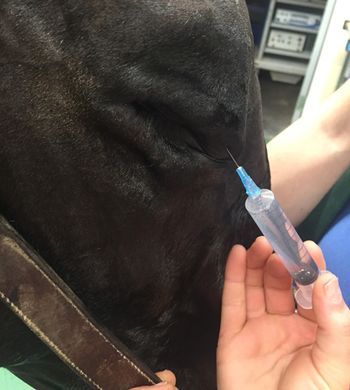
Under the right circumstances, you can skip general anesthesia and remove a neoplastic, traumatized or severely infected eye right in the field.
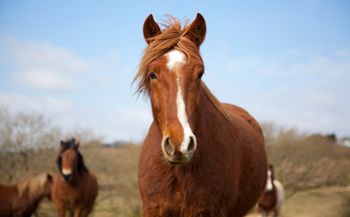
Researchers take a closer look at the chestnut horse's fiery image.

Proper diet is important throughout equine gestation, but its especially critical in the first and third trimesters.
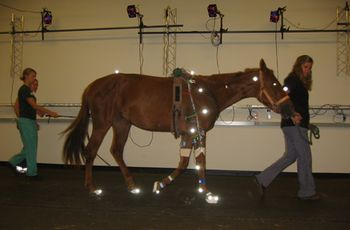
Veterinary researchers are weighing in on this question critical to optimal horse health and owners' pocketbooks.

Affected horses are in isolation in Sunland Park, New Mexico.
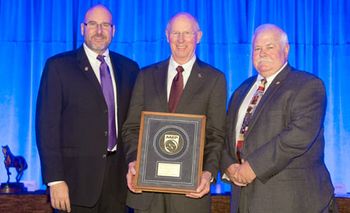
White was awarded the Distinguished Life Member Award for his leadership and substantial volunteerism during his 43 years of membership.

Three concerns to be on the look out for in your veterinary patients and how to treat them.
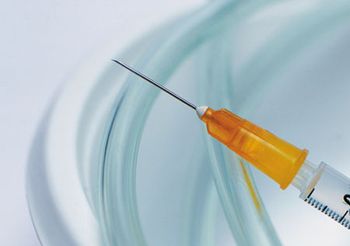
Committee says drug poses no global public health threat worth possibly limiting access to the drug in areas of the developing world.

My own frightening pain helped me understand how awful veterinary patients with colic must feel.

Robotics-driven design provides an unlimited range of motion and unencumbered access to the horse's entire anatomy.

Udon P is back in fine form after undergoing treatment for atrial fibrillation.

Dr. Dean Richardson looks back at a veterinary career continuously on the leading edge of equine orthopedic surgery.

R. equi is one of the most important causes of disease in young horses, researchers say.
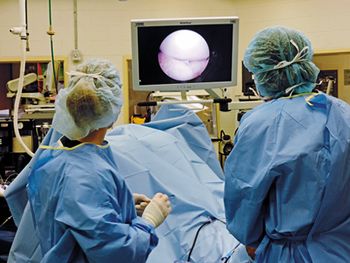
C. Wayne McIlwraith looks back on a veterinary career dedicated to studying and fixing equine joints.

A variety of new products are in development to halt the morbidity and mortality associated with cancer, arthritis and much more.
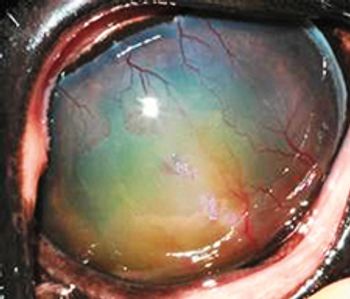
Early diagnosis and veterinary treatment are key to saving the sight of equine patients with IMMK.
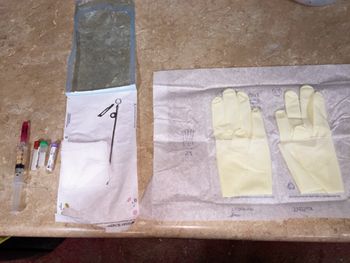
Fluid analysis can provide important insights into how to manage colic and other troubling equine cases.
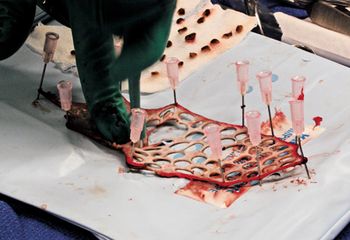
These grafts involve relocating the skin from a donor site to cover a wound and restore function and cosmesis in your veterinary equine patients.

New veterinary treatment options for this common cause of equine lameness are encouraging, but early results raise questions that need answering.

Lameness is a clinical sign. Detecting lameness and evaluating its amplitude is important to equine veterinary practice.

Veterinary hospitals, by their very nature, create a high risk environment for the transmission of infections agents bringing together animals from many different farms with varying levels of compromise.

Veterinarians evaluate the horse at the lunge and perform flexion tests during lameness and pre-purchase evaluations.

Salmonella enterica is commonly associated with epidemic disease in veterinary hospitals and on-farm environmental contamination [1; 2].

Epidemics of healthcare-associated infections in veterinary teaching hospitals are commonly attributed to Salmonella enterica [1].